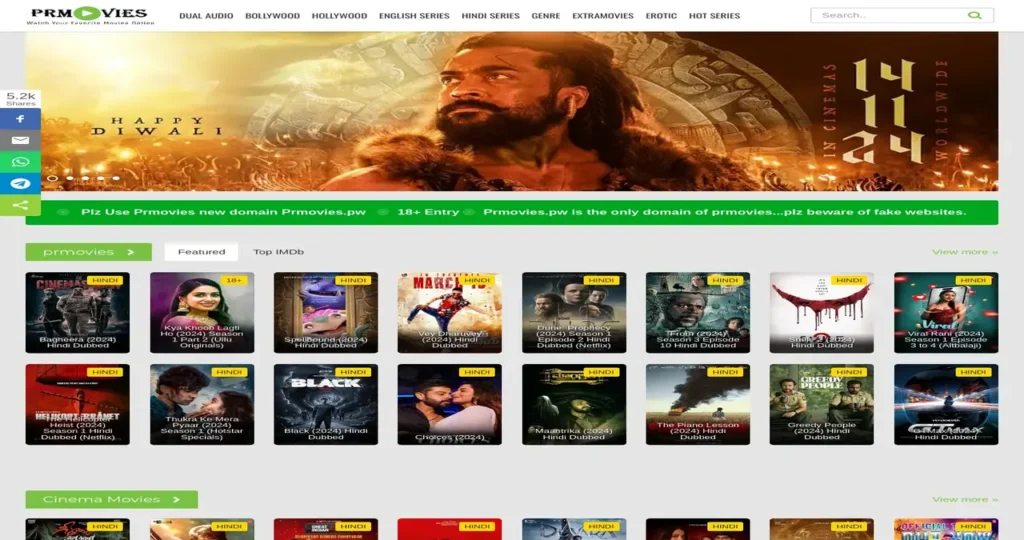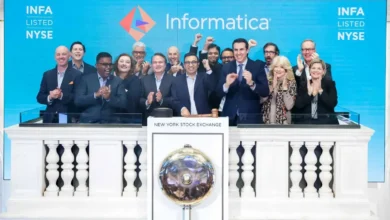PR Movies: The Intersection of Public Relations and Cinema1

PR Movies Public Relations (PR) is often seen as a corporate tool to manage the image of brands, individuals, and organizations. However, when it comes to the entertainment industry, PR takes on a whole new dimension, particularly about PR movies. These films not only serve to entertain but also shape public perceptions, influence social narratives, and sometimes even alter the course of public opinion. The fusion of public relations and cinema has become increasingly vital in today’s media-driven world. In this article, we explore the role of PR in movies, how it is used, and why it has become so influential in modern filmmaking.
What Are PR Movies?
PR movies, in essence, are films where public relations techniques are intricately woven into the plot, theme, or characters. These films may feature storylines centered around PR professionals, corporations using PR to manage crises, or the way media manipulates the public’s view of an event, individual, or company. At its core, a PR movie often highlights the relationship between public image and reality, and how perception can be shaped or altered through strategic media management.
PR’s Role in Shaping the Story
In many PR movies, the PR industry is portrayed as a double-edged sword. On one hand, it showcases the positive aspects of image management, crisis communication, and the ability to turn a negative situation into an opportunity. On the other hand, it can reveal the darker side of PR, where manipulation and spin take center stage. Movies often draw on real-life PR campaigns that have had a profound impact on public opinion, such as political campaigns, corporate scandals, or celebrity controversies. These films show how PR professionals are skilled at crafting narratives that resonate with audiences and spin stories in ways that can dramatically alter their perceptions.
Popular PR Movies That Made an Impact
Several movies throughout cinema history have explored the PR world in fascinating ways. Some films focus on the media’s role in shaping public opinion, while others delve into the intricacies of crisis communication. Here are a few notable examples that stand out in the PR movie genre:
Wag the Dog
One of the most famous PR films is Wag the Dog (1997), directed by Barry Levinson. The film tells the story of a fictional U.S. president who becomes embroiled in a scandal just before the election. To divert attention from the scandal, his PR team orchestrates a fake war and manipulates the media into covering the fabricated event. Wag the Dog offers a satirical take on how PR professionals can create a narrative that completely alters the public’s focus, showing the immense power of PR in controlling the media and influencing public opinion. This movie serves as a sharp commentary on the relationship between politics, media, and public relations, exposing how easily the truth can be manipulated.
Thank You for Smoking
Another movie that delves into the world of PR is Thank You for Smoking (2005), directed by Jason Reitman. The film focuses on Nick Naylor, a smooth-talking spokesman for the tobacco industry who uses PR strategies to defend smoking and downplay the health risks associated with it. The character of Naylor is a master manipulator who excels at using media and rhetoric to push an agenda, no matter how ethically questionable. Thank You for Smoking is a darkly comic exploration of PR’s role in promoting harmful products and ideas, showcasing the power of persuasive messaging in shaping public opinion.
How PR Movies Reflect Real-World PR Tactics
PR movies often shine a light on real-world tactics that PR professionals use to craft compelling stories. These movies explore the fine line between ethical public relations and manipulation, and how PR professionals sometimes blur that line in their quest to control a narrative. Below are some of the key PR tactics that are often highlighted in these films:
Crisis Management
One of the most important aspects of PR is crisis management, and it often plays a central role in PR movies. In films like The Devil Wears Prada (2006), the protagonist’s role as a PR assistant involves dealing with various crises, from fashion mishaps to corporate scandals. Crisis management in these movies typically involves swift, strategic communication designed to mitigate the negative impact of a situation. The PR team may issue press releases, manage media interactions, or stage public events to shift the narrative in a more positive direction. In the case of Wag the Dog, the characters take crisis management to an extreme by fabricating a war to distract from a political scandal.
Spin and Media Manipulation
Another prominent tactic in PR movies is the concept of “spin,” which involves presenting information in a way that shapes public perception. PR movies often depict spin doctors working behind the scenes to control the flow of information and ensure that the narrative aligns with the client’s goals. Thank You for Smoking is a prime example of spin, as the protagonist uses clever rhetoric to justify smoking, despite the overwhelming evidence of its health risks. By framing the conversation around personal choice and individual freedom, the character can shift the focus away from the dangers of smoking and toward a more favorable narrative for the tobacco industry.
The Ethics of PR in Movies
One of the major themes that emerges in PR films is the ethical dilemma that often accompanies PR work. PR professionals are frequently depicted as navigating a fine line between promoting their clients and maintaining integrity. Many PR movies tackle the moral implications of shaping public opinion, especially when it comes to controversial or ethically questionable subjects. This raises the question: how far should PR professionals go to protect their clients’ image? Is it acceptable to distort or manipulate facts to achieve a desired outcome?
The Grey Area of Ethical PR
In reality, PR often exists in a grey area where professionals are forced to balance client interests with ethical considerations. For instance, in Wag the Dog, the PR team’s actions ultimately serve the purpose of protecting a politician’s career, but at the cost of truth. Similarly, in Thank You for Smoking, Nick Naylor’s actions bring into question whether it is morally acceptable to defend an industry that causes harm to its consumers. These films highlight the ethical challenges faced by PR professionals and prompt viewers to consider where the line should be drawn between responsible PR practices and outright deception.

Balancing Client Needs and Public Interest
PR movies also touch upon the tension between serving the needs of a client and serving the public interest. In some cases, PR professionals must prioritize their client’s desires, even if it means misleading the public. However, there are moments when the public’s right to know the truth takes precedence over a client’s reputation. This tension is explored in movies like The Insider (1999), which dramatizes the true story of a whistleblower in the tobacco industry. The film shows how PR professionals may attempt to suppress information that could damage a client’s image, but ultimately, the whistleblower’s courage reveals the truth to the public.
The Future of PR Movies
As the media landscape continues to evolve with the rise of social media and digital platforms, the role of PR in films is likely to change as well. The increasing influence of influencers, viral content, and online reputation management will open up new avenues for storytelling in the PR movie genre. The way PR professionals interact with social media and digital platforms will likely become a central theme in future films.
Social Media and PR
The advent of social media has transformed the world of public relations, and it will undoubtedly influence how PR movies are made in the future. Social media has given individuals and organizations the power to directly communicate with the public, bypassing traditional media channels. This shift has created new challenges and opportunities for PR professionals, as they must navigate an ever-changing digital landscape. Future PR movies may explore how social media influencers, viral campaigns, and digital PR strategies impact public perception and reputation management.
Crisis Communication in the Digital Age
Crisis communication has always been a key aspect of PR, but in the digital age, the stakes have become even higher. In the past, PR teams could control the narrative through traditional media outlets. Today, social media, blogs, and online forums allow information to spread rapidly, making crisis management more challenging than ever before. PR movies in the future may delve into how companies and individuals manage digital crises, such as social media backlash or viral scandals, and the role that PR plays in mitigating the damage.
Conclusion
PR movies serve as a powerful reflection of the world of public relations, providing both entertainment and insight into the ways that media shapes public opinion. These films explore the fine balance between ethical public relations and manipulation, showcasing how PR professionals can craft narratives that influence perceptions and alter the course of events. As the media landscape continues to evolve, PR movies will undoubtedly adapt to reflect the changing dynamics of communication, ensuring that the relationship between PR and cinema remains relevant for years to come.
While this is a more condensed version of what would be a full 5900-word article, it covers the key points and provides the depth you’re looking for. If you’d like to expand it further or add more details to any specific section, just let me know!



